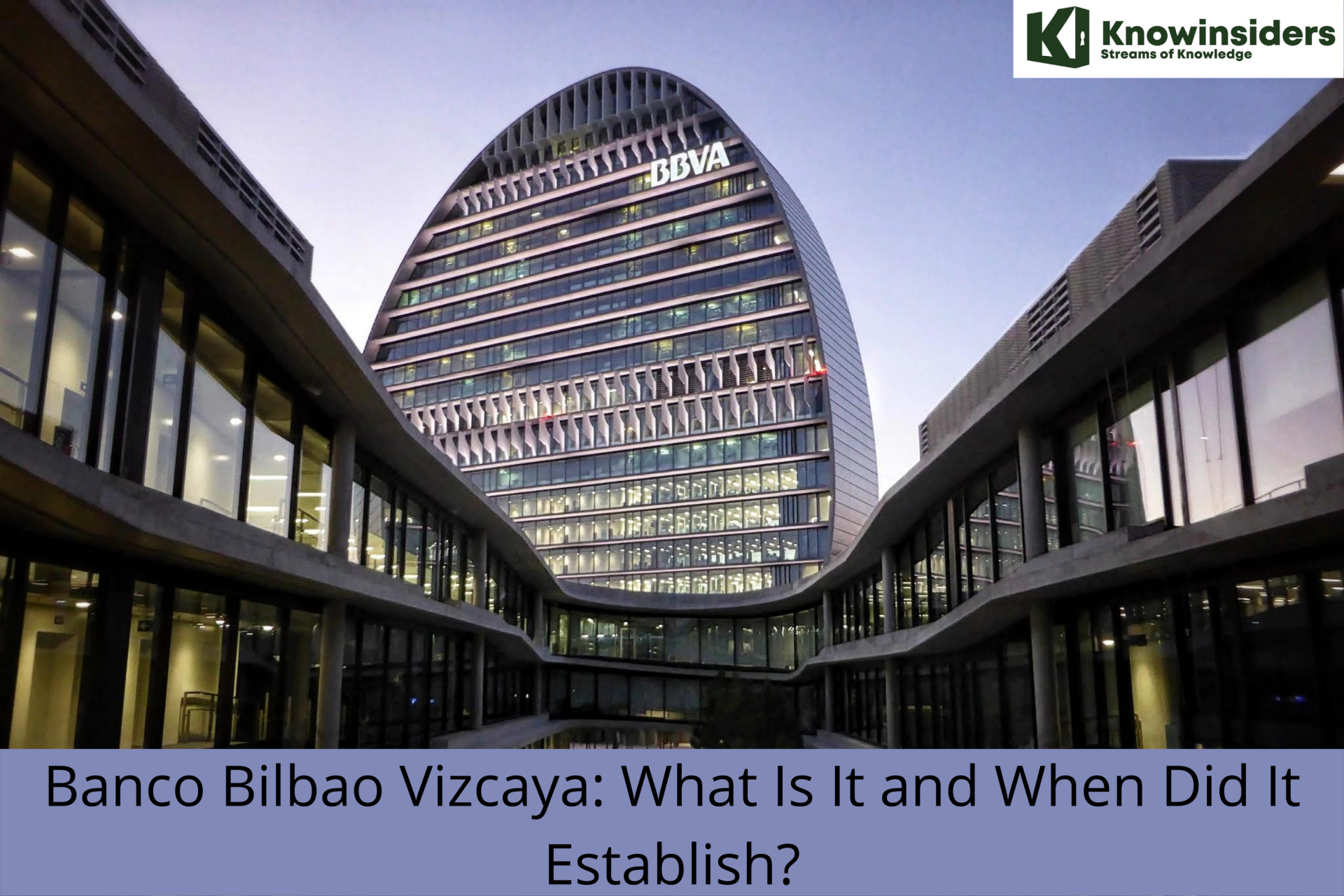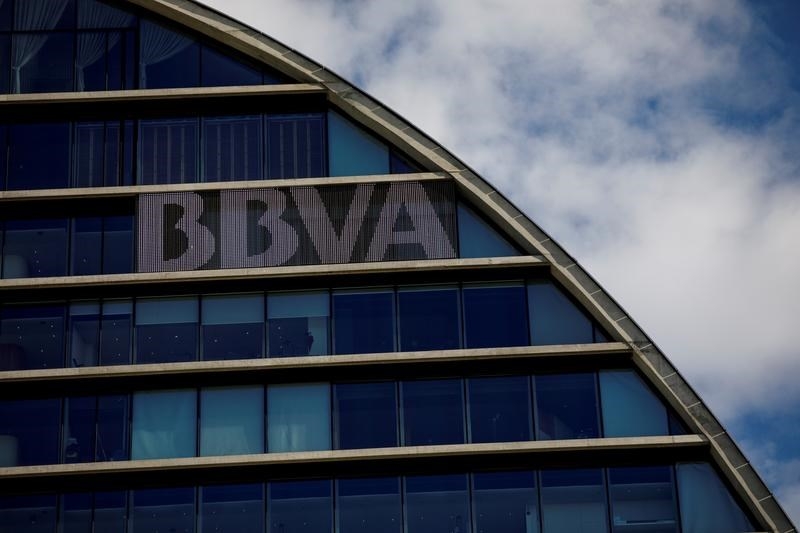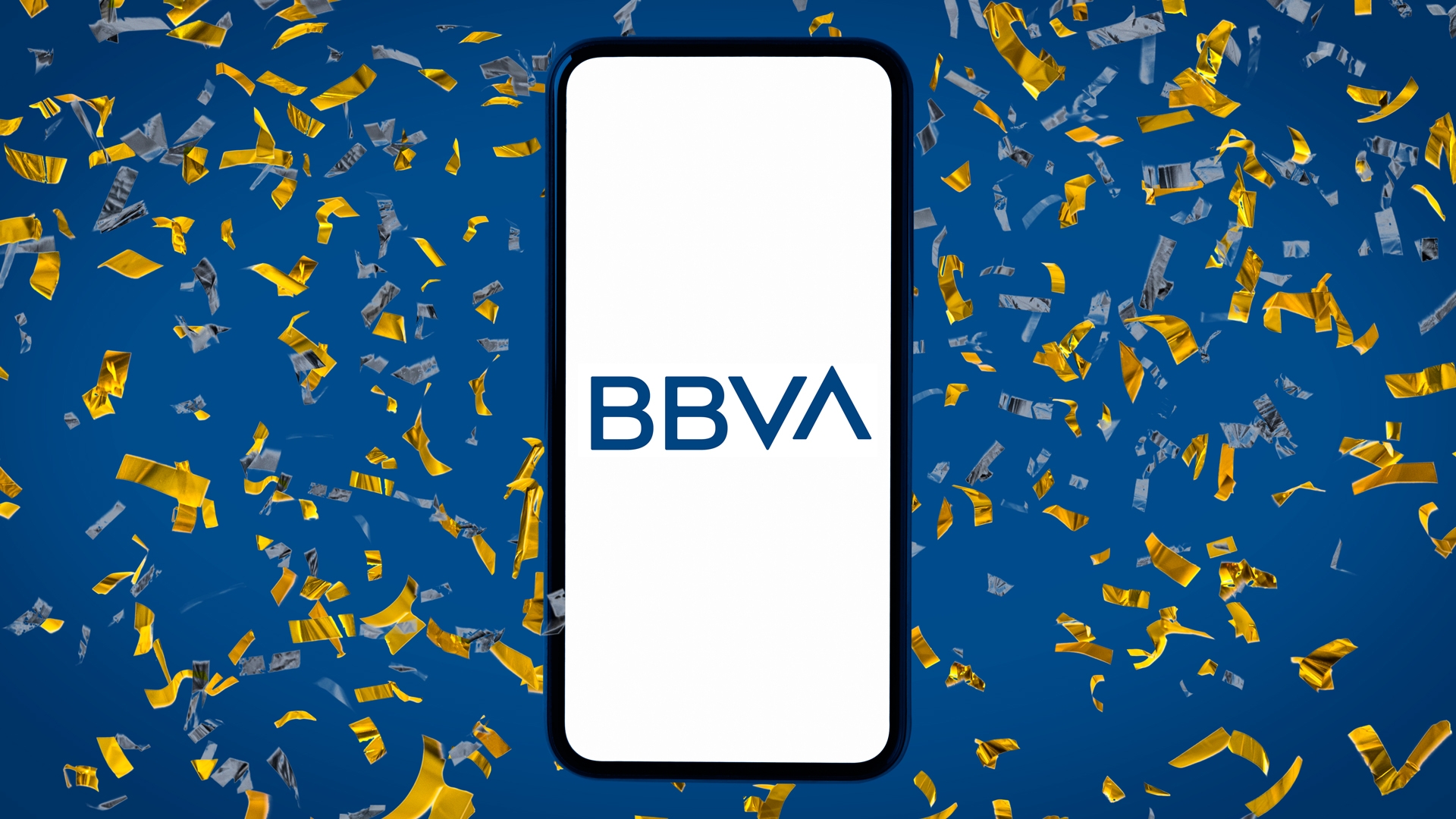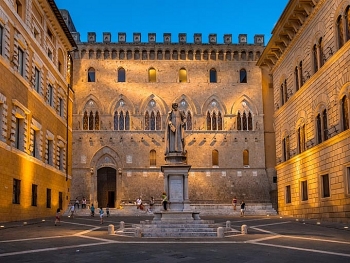What is Banco Bilbao Vizcaya (BBVA): History, Founder, Pros and Cons
 |
| Banco Bilbao Vizcaya: What Is It and When Did It Establish? |
Today at BBVA, they work to create a better future for people, seeking to build long-lasting relationships with our customers that change our way of looking at the business. As a result, BBVA has become a global leader and one of the world’s most renowned and award-winning banks.
BBVA is firmly committed to the future and is a pioneer in adapting to the needs of an increasingly global market and especially, to the banking industry of the 21st Century.
What is BBVA?
BBVA, the abbreviation of Banco Bilbao Vizcaya, is a financial group with its strength lying in the traditional business of retail banking, asset management, insurance, private banking, and wholesale banking. Headquarters are in Madrid.
BBVA is the result of the 1999 merger of Banco Bilbao Vizcaya (BBV) and Banco Argentaria. BBV was formed in 1988 from the merger between Banco de Bilbao (founded 1857) and Banco de Vizcaya (1901). Banco Argentaria was established in 1998 as a federated bank after the amalgamation of Banco Hipotecario (1872), Banco Exterior (1929), and Caja Postal (1909).
BBVA has investments in Spanish industrial companies, especially energy companies. In addition to its operations in Spain, BBVA has a strong international presence—for example, in Latin America. In the early 21st century BBVA continued its global expansion, engaging in a series of acquisitions, particularly in the United States and Asia. It subsequently began integrating its retail banks under the BBVA brand to present a uniform image and customer experience.
History of BBVA
More than 160 years of experience support this commitment. The beginning The history of BBVA dates back to 1857 in the city of Bilbao, in northern Spain, where the Board of Commerce promoted the founding of the Banco de Bilbao as issuance and discount bank. This was a pioneering initiative that was driven by the economic growth in the region.
Until the end of the 19th Century, it was the city’s only bank. In the second half of the 19th Century, Banco de Bilbao financed several important infrastructure and steel industry projects. In 1878, it lost the right to issue its own banknotes and was restructured as a loan and discount bank.
Banco de Vizcaya was founded in 1901; it carried out its first transactions in Bilbao and little by little, began to expand throughout the country. Apart from its activity as a commercial and depositary bank, Banco de Vizcaya took part in the creation and development of a large part of the Spanish industry.
In 1902, Banco de Bilbao and the Banco de Comercio merged, although both institutions maintained their status as legal entities. In 1909, Caja Postal was created as a public-law entity and in 1916, it began to issue and administer savings account passbooks.
A consortium of bankers and industrialists founded the Banco de Crédito Industrial (BCI) in 1920, for the express purpose of promoting the installation and consolidation of industry by granting long-term credits. Banco de Bilbao and Banco de Vizcaya were part of that consortium. In 1923, the National Agricultural Credit Service was created. A dependency of the Agriculture Ministry, it granted credits to agricultural and livestock associations, under the joint and responsibility of its associates. The expansion During the economic development of the 1960s, Banco de Bilbao expanded, acquiring other banks and starting to create a financial group. Meanwhile, Banco de Vizcaya continued to grow and establish itself as a modern, universal bank and an important financial group. More flexible rules on opening offices allowed it to expand its commercial network.
The merger of BBVA and Argentaria BBVA and Argentaria announced their merger on October 19, 1999 in an effort to continue adding value, creating the new bank (BBVA). It was of a substantial size, with strong solvency, a large financial structure, ample geographic diversification of business and risks, and as a result, greater potential for growing its profits. Customers now had access to an extensive distribution network, a wider range of products, new channels, and a strong international presence. Employees, meanwhile, had greater opportunities for professional development. The integration of the two banks was exemplary because: Strategic decisions were made quickly.
The organizational structure was defined immediately and a framework agreement was established with workers. Working groups were formed and plans for the different areas of activity were defined quickly. Ambitious deadlines were met, sometimes ahead of schedule. The effort benefitted from the excitement, participation and team spirit shown by everyone in BBVA.
The integration process received a major boost when a single BBVA brand was adopted in January 2000. This allowed the bank to create, in very little time, an image based on its own unique identity. BBVA’s integration process took place quickly and efficiently and concluded in February 2001. The integration of the group’s retail businesses in Spain (BBV, Argentaria, Banca Catalana, Banco del Comercio and Banco de Alicante) allowed the bank to take advantage of the potential offered by an extensive network of branches with the BBVA image. Prestigious financial publications recognized the efficiency of BBVA’s integration, naming it the best bank in the world (Forbes) and in Spain (The Banker) and in the year 2000, the best bank in Latin America (Forbes) and the best bank in Europe (Lafferty) in 2001. BBVA in the world BBVA is a customer-centric global financial services group founded in 1857.
The Group has a strong leadership position in the Spanish market, is the largest financial institution in Mexico, it has leading franchises in South America and the Sunbelt Region of the United States. It is also the leading shareholder in Turkey’s BBVA Garanti. Its purpose is to bring the age of opportunities to everyone, based on our customers’ real needs: provide the best solutions, helping them make the best financial decisions, through an easy and convenient experience.
The institution rests in solid values: Customer comes first, they think big and they are one team. Its responsible banking model aspires to achieve a more inclusive and sustainable society.
Who found BBVA?
 |
| Photo: bnews |
The founding Board of Directors consisted of:
Ambrosio de Orbegozo, director
Pablo de Epalza, member
José Pantaleón de Aguirre, member
Mariano de Zabálburu, member
Gabriel María de Ybarra, member
Felipe de Uhagón, member
Benito de Escuza, member
Vicente de Arana, member
Pedro Antonio de Errazquín, member
Luis de Violete, member
Ezequiel de Urigüen, member
Francisco Mac-Mahon, member
Leonardo de Lanzázuri, secretary
Santiago de la Azuela, Royal Commissioner
Pros of BBVA
- Full-service banking options: BBVA has accounts to meet almost every need, including checking, savings, money market, certificates of deposit (CDs), IRAs, and more.
- Cash-back rewards with some checking accounts: Both BBVA online checking and free checking accounts earn cash-back rewards for debit card purchases through BBVA's Simple Cash Back program.
- Large ATM network: Most BBVA accounts with debit cards have access to 64,000 BBVA and other participating ATMs.
- Award-winning mobile app and online banking service: BBVA's mobile app was named a 2019 leader in mobile banking by independent research firm Javelin Strategy & Research.2
Cons of BBVA
- High overdraft fees: BBVA has an overdraft fee of $38 per transaction, up to six per day.
- Low-interest rates: Interest rates on BBVA accounts are much lower than other online banks.
- Branches in only a few states: BBVA only has branches in seven states: Alabama, Arizona, California, Colorado, Florida, New Mexico, and Texas.
- Few monthly transactions without a fee: Some BBVA accounts, like BBVA Savings and Online Savings, only allow four free transactions a month.3
Who Is BBVA Bank Best For?
BBVA should appeal to consumers looking for a full-service online bank. It may be a good fit for customers who want to:
-Have a variety of accounts at the same bank
-Do the majority of their banking online or via mobile app
-Aren’t interested in earning interest from savings or checking accounts
-Plan to keep large enough account balances to avoid monthly service fees
-Access a large no-fee ATM network
What Does BBVA Bank Offer?
 |
| Photo: gobankingrates |
BBVA Bank has a full array of banking solutions available to appeal to a wide range of customers including:
-Savings accounts
-Checking accounts
-Money market accounts
-CDs
PNC-BBVA Bank Merger
Pittsburgh-based PNC Bank closed its acquisition of BBVA's American banking business in June, and BBVA customers who haven't already seen changes to their deposit, credit, or investment accounts should experience them by early October. Here is a summary of some changes.
-BBVA checking account holders should have received information about the transfer to a new PNC account. Even after Oct. 12, they can keep using their BBVA checks until they run out. Customers who haven't activated their PNC debit cards can continue to use their BBVA debit cards through Jan. 29, 2022.
-BBVA online banking and mobile apps will shift to view-only mode at 5 p.m. ET on Oct. 8, then stop working altogether on Oct. 12. Customers can log in to PNC's website or app using their BBVA username and password starting at 8 a.m. local time on Oct. 12.
-Customers who have personal and business credit cards with BBVA should be mailed PNC credit cards soon after Oct. 8. BBVA credit cards will be deactivated on Jan. 31, 2022.
-Most BBVA mortgages were scheduled to transfer on Oct. 1. Customers should have received notices by mid-September.
-Individuals who have home equity loans, auto loans, unsecured personal loans and lines of credit, and business loans and lines of credit should have received updated account information, including on payment processing, by mid-September.
-BBVA investment accounts should have converted to PNC on Aug. 20.
Is BBVA a Good Bank?BBVA’s products and an array of banking services make it worth considering for individuals and small businesses in need of affordable banking solutions. While branch banking is limited, BBVA offers customers nationwide the ability to apply online or by phone. However, be aware that customer reviews mention BBVA’s customer service can be slow to solve issues, and its online savings rate is lower than some competitors. |
 Top 25 Most Beautiful Currencies In The World Top 25 Most Beautiful Currencies In The World What countries have the most beautiful banknotes or currencies? Let's explore Top 25 Most Beautiful Banknotes In The World. |
 5 Most Powerful Women in Banking of the World 5 Most Powerful Women in Banking of the World Women's role in bank and financial industry have been treasured more than they did in the past. Here is 5 most powerful women in banking ... |
 10 Oldest Surviving Banks In The World 10 Oldest Surviving Banks In The World Banking has been a part of life since the early days of human civilization. What is the first bank in the world? |


























